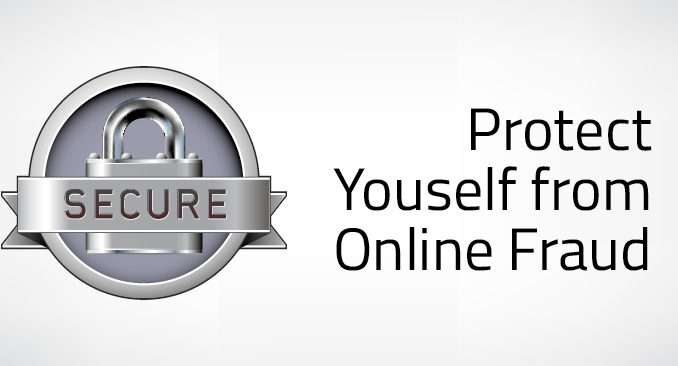
Here are some ways to protect your credit and debit cards and your related personal information — before and after a data breach or theft.
1) Don’t panic. You will not be liable for any charge if you’re credit or debit card is hacked or stolen.
2) If one of your cards has been compromised, you will probably be contacted by your bank or card-issuer. If you have questions, call the customer service number on your card.
3) Be extremely leery of any email you receive that offers to help you deal with a data breach. Such an email will almost certainly be a lure to get you to click on a dodgy link or to share personal information.
4) Use just one card for online payments and keep the spending limit on that account as low as possible. If it’s a debit card, you can keep funds to a minimum and transfer money to the account as you need it. When you have just one card for online shopping, it’s easy to monitor your transactions for unusual activity.
5) Buy a prepaid credit card for online shopping. This is another way to keep your online shopping separate from your retail shopping. A prepaid card allows you to load a fixed amount of money when you buy it. The big advantage of this kind of card is that even if the card’s details are compromised at some point, there is a limit to the amount of money that can be stolen.
Some banks will let you generate a virtual credit card number for online purchases. This is often a single-use number that you can enter instead of your regular number.
6) Activate your credit card’s added layer of security. Such a precaution is usually not enabled by default, so you will have to check into it.
MasterCard has a service called SecureCode, which is a private code that you enter every time you make a transaction on a supported site, never actually disclosed to a retailer.
Visa’s service is Verified by Visa, which provides a personal message that greets you when you are making a transaction, as well as a password to authorize a purchase.
7) If a website you use has been hacked, contact the site for the latest information. Be sure to type the site’s name into your browser, rather than clicking on a link from an email or social media message.
8) Put a fraud alert on each of your cards. Contact each bank or financial institution for information. Generally, you can set a dollar amount that will spark a fraud warning.
9) Carefully check all your financial accounts every few days. Don’t wait for the monthly statements.
10) Once you find a bogus charge, report it to your bank or credit card company immediately so the charges can be reversed and they can issue you a new card.
11) Keep receipts of your purchases. If you experience a stolen card or bogus charge(s), your receipts will help you to prove which charges are legitimate and which are not.
12) Use a debit card to withdraw cash and a credit card for major purchases.
13) Change your card passwords frequently. Make sure each password is long, strong and a mixture of letters, numbers, and symbols.
14) If you hear or read about a major data breach, share your knowledge with family and friends, so they can take measures to protect themselves.
Source: Vipre internet security
